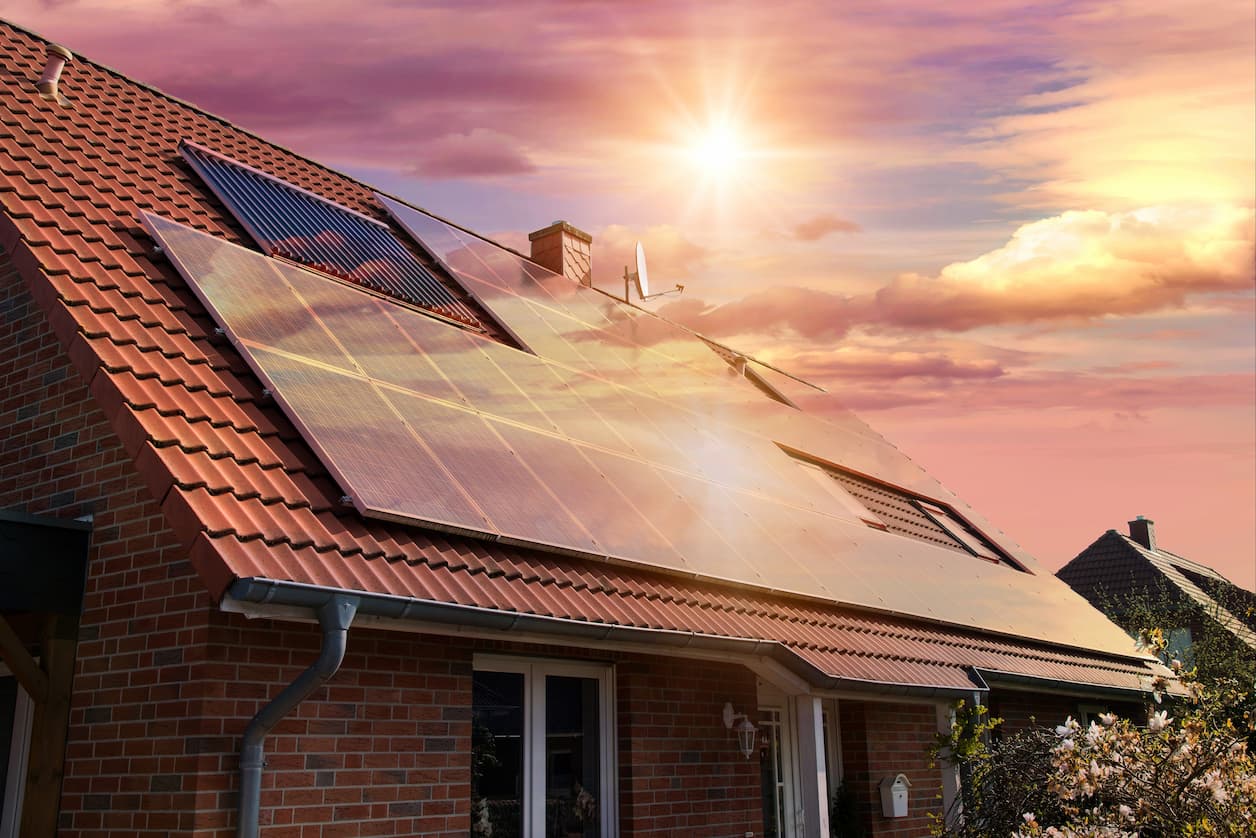Introduction to Solar Panels and their Functionality
Solar panels, also known as photovoltaic (PV) modules, are devices that convert sunlight directly into electricity. They are made of semiconductors, usually silicon, which absorb the sunlight and generate an electric current.
Fundamental Factors Impacting Solar Panel Lifespan
Typically, a well-manufactured solar panel promises an average lifespan of 25 to 30 years. However, this doesn’t indicate that they stop producing electricity after this period; they can continue working but at a reduced efficiency. Several factors influence the longevity of these solar energy harnessing units:
1. Quality of manufacturing: High-standard solar panels that are produced under strict quality control measures tend to have a longer lifespan.
2. Installation: If solar panels are installed correctly and at the optimal angle, they stand less chance of being damaged and will generally last longer.
3. Weather conditions: Severe weather conditions like hailstorms or hurricanes, or regular exposure to harsh climate conditions can reduce the life expectancy of a solar panel.
4. Maintenance: Regular maintenance and cleaning can significantly extend the lifespan of solar panels.
Maintenance and Longevity
Solar panels require little maintenance once they’re installed. However, regular checks and cleaning can extend their life and keep them operating at maximum efficiency. Debris like leaves, bird droppings or dust can block sunlight and reduce the amount of electricity your panels can produce. By keeping them clean and in good working order, you can help ensure they continue to generate electricity for as long as possible.
Over time, wear and tear will naturally occur and some decrease in performance is expected. A telltale sign of a failing solar panel can include reduced power output or physical damage to the panel itself. If your system’s energy production has drastically declined or if damage is visible, it may be time to consider replacement.
Remember, while solar panels are an investment, they can offer considerable savings over their lifespan and significantly reduce your home’s environmental footprint. After all, sunlight is a clean, renewable energy source that’s always available – why not make the most of it?
Signs of a Failing Solar Panel and Replacement Time
While solar panels are built for longevity, they are not invincible to wear and tear. Some signs of a failing solar panel include a significant drop in power output, physical damage, and discoloration. If the degradation in output exceeds 20%, it’s generally considered a good time to replace your solar panels. However, do note that this decline can take decades to reach, underpinning solar power’s reputation as a long-term energy solution.
Ensuring we understand these determining factors and maintaining our solar panels can lead to extended lifespans, benefiting both our wallets and the environment. Knowledge of these elements allows us to maximize the efficient use of this renewable energy source and make a positive impact on our planet’s health.
Keep Up with Your Solar Panels
A well-maintained solar panel system can offer immense benefits over its lifetime. By understanding the factors that affect solar panel durability, recognizing the signs of aging, and implementing regular maintenance, you can significantly enhance the lifespan and efficiency of your solar energy system. Keep in mind that choosing quality equipment, getting professional installation, and conducting regular checks will yield the most out of your investment in the long run.

